Total Weight: 27.6 lb
Canopy Weight: 9.4 lb
Basket Weight: 18.2 lb
Canopy Size: 2500 cubic feet (21' x 16')
Lift Capacity: 23.8 lb @ 89 degrees F (excluding balloon weight)
Range: 700-1000 meters
Max Air-Time: >1 Hour
Fuel: Propane
Fuel Capacity: 32.8oz
Cost: Around $400.00
*Canopy is by far the biggest expense at over 2/3 the total cost.
Operation
Operating the balloon is pretty simple since it’s really just an on/off thing. The colder the ambient temperature is, the more efficient the balloon will be. Setting up the balloon requires a fan to blow air into it to inflate the canopy. To get it to stand up, it helps to have a spare propane tank and weed burner to get hot air into the canopy to reserve the primary fuel for the flight. After it’s up, the main burner needs to be lit and the flame adjusted to a place where it will not go out, but not high enough to lift it. The weed burner is neat in this regard. It will allow enough gas to pass through to retain the flame when the handle is closed. It can be turned off to pass control to the handle as well. Having a separate small tank to feed a pilot light would be ideal, but is not necessary. In our testing, the flame only went out when our fuel supply ran out. To pack up, it helps to pop the top of the canopy to help collapse it. (Most canopy tops will be removable via Velcro.) The canopy we used was purchased, but could be hand sewn with the right material and tools.
Lift Capacity Calculation
To calculate lift capacity with the Ideal Gas Law and Net Buoyant Force we would need to know the temperature inside the canopy. Since we do not have this temperature reading, we measured it with a crane scale staked down to the ground at max thrust for a rough measurement.
 Matt Barr
Matt Barr
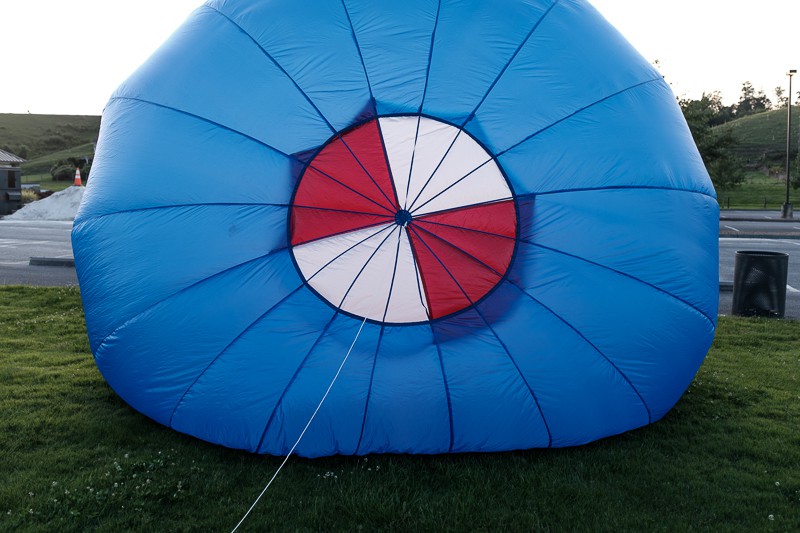
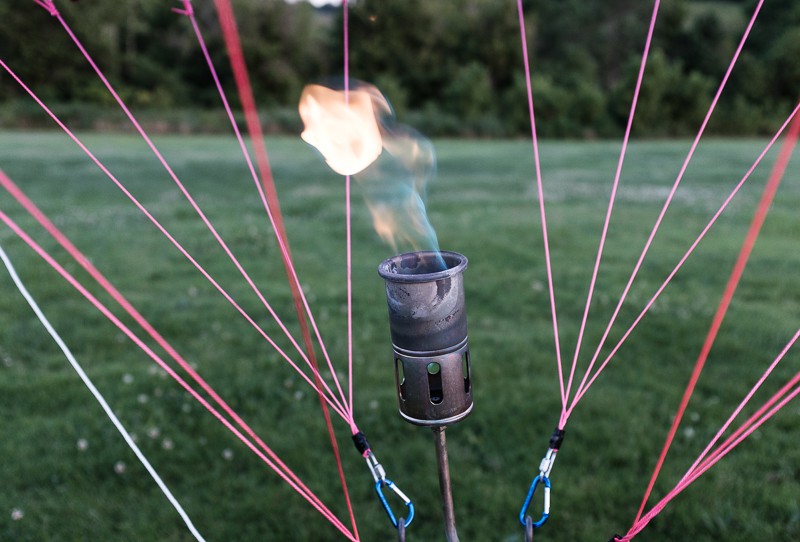
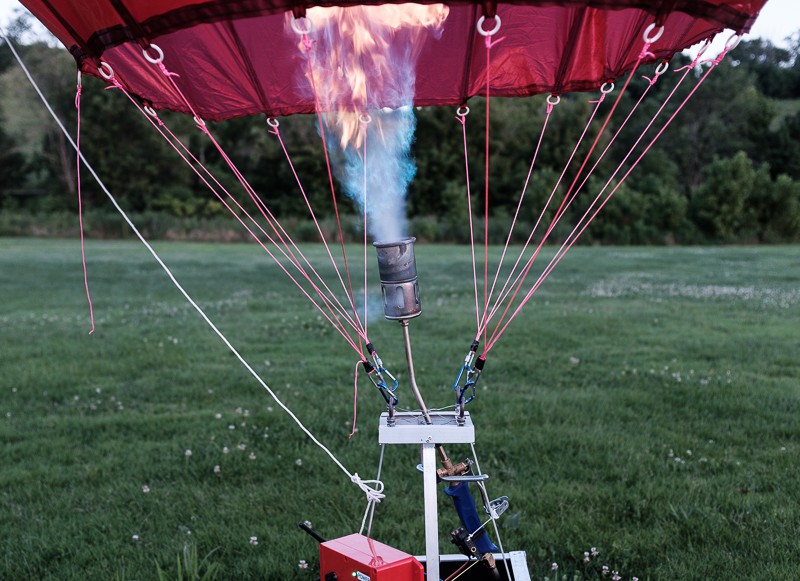
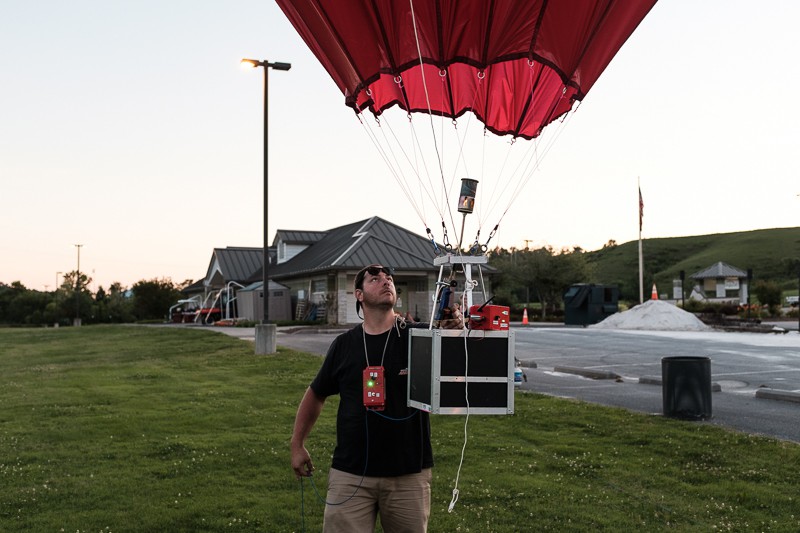
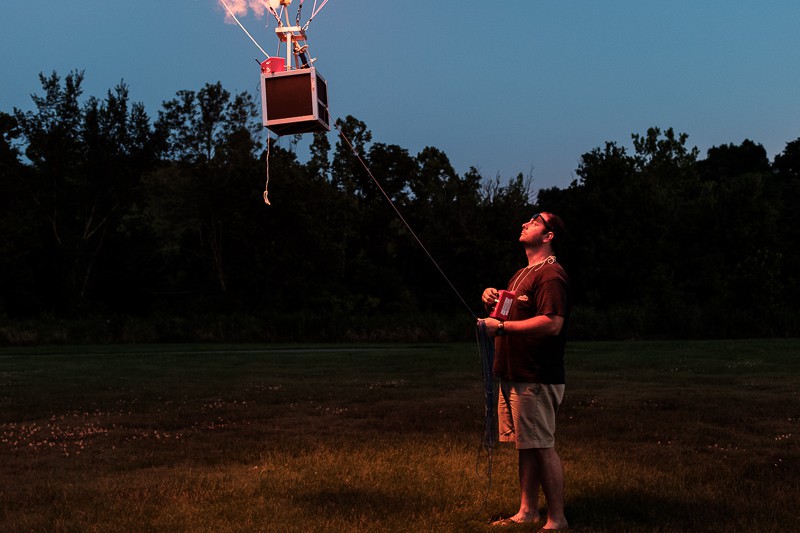

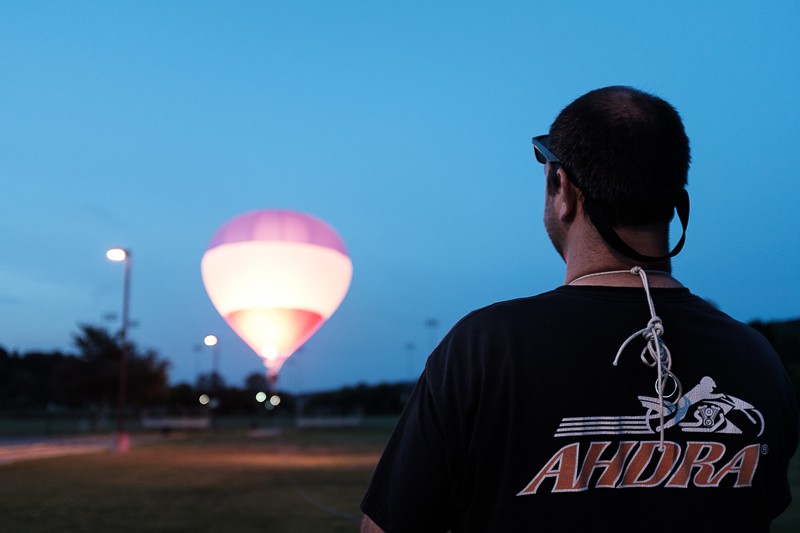
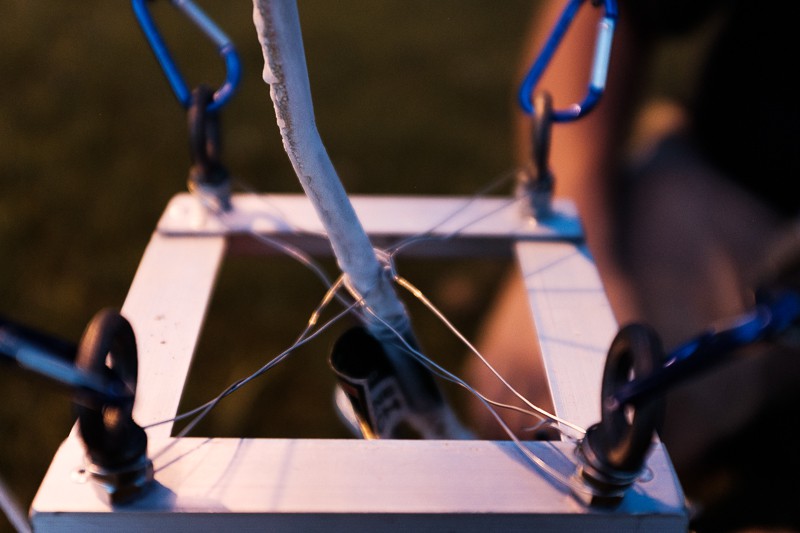
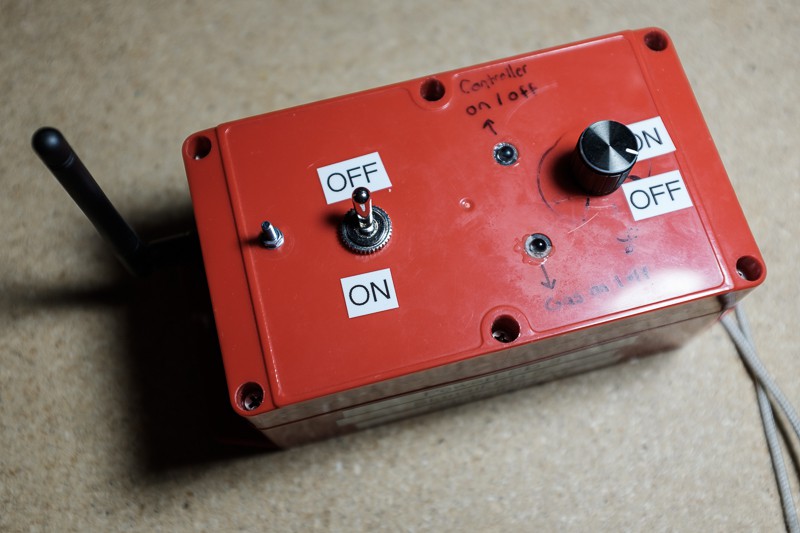


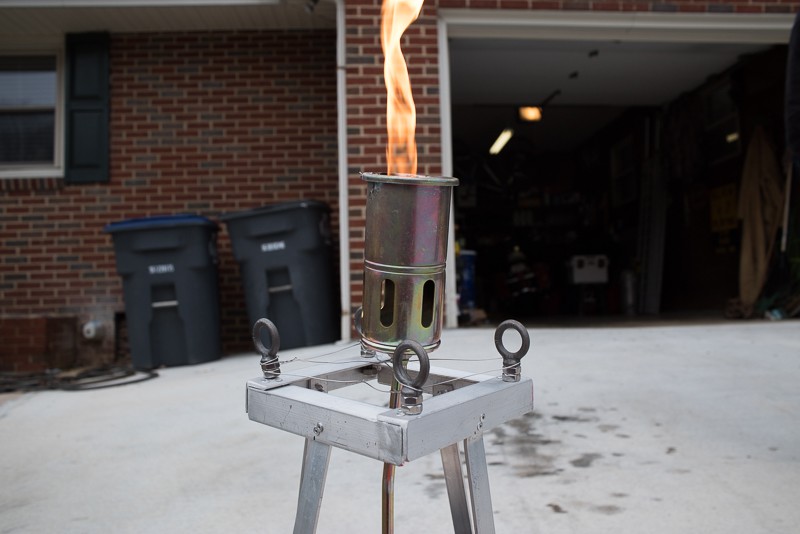
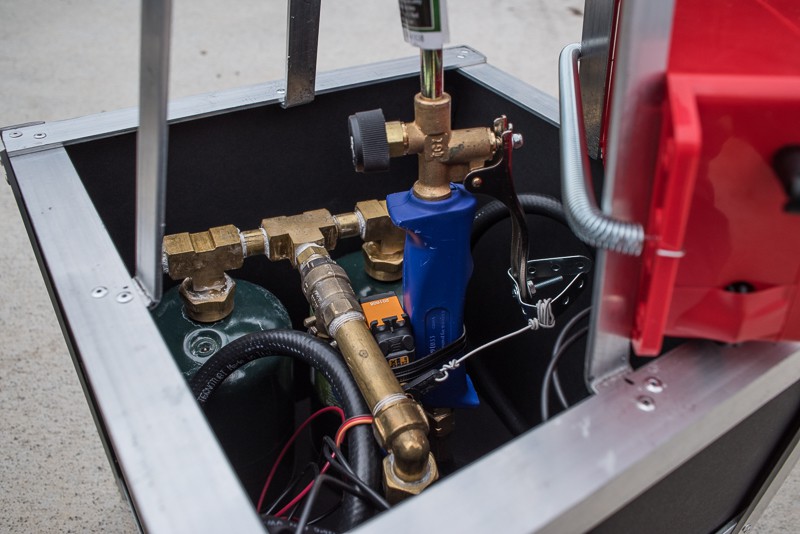
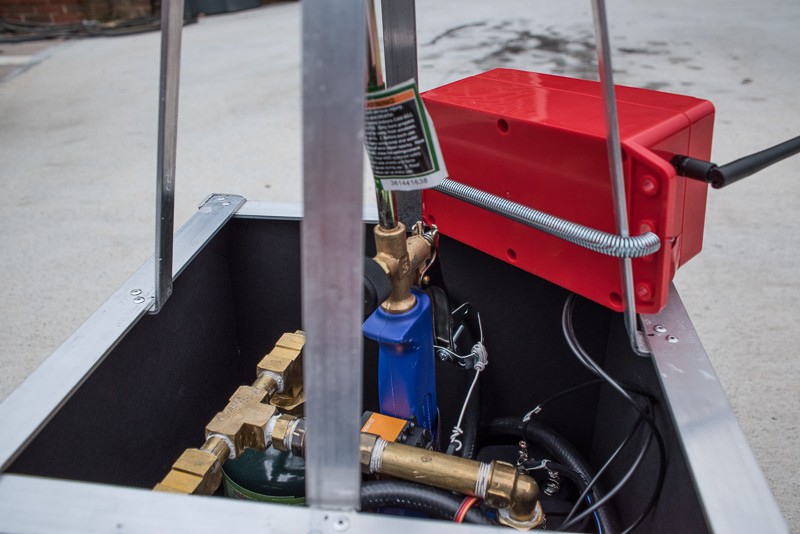
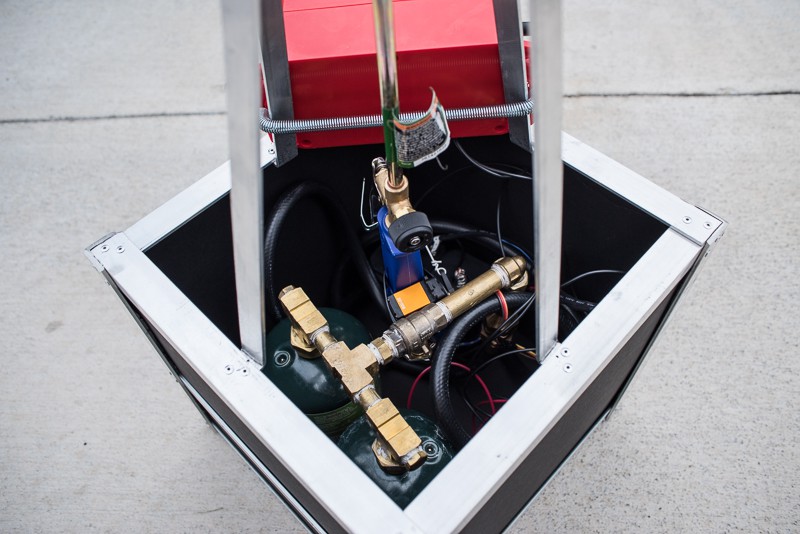



 extremerockets
extremerockets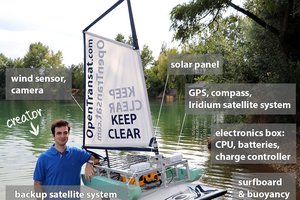
 Andy Osusky
Andy Osusky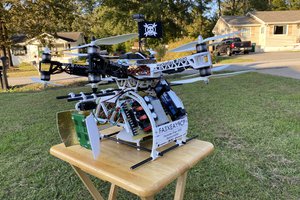
 Josh Starnes
Josh Starnes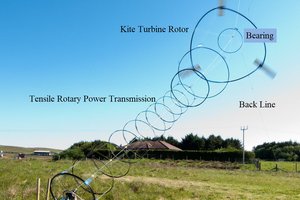
 Roddy "Rags" Read
Roddy "Rags" Read
Dose hot air weight in the envelope included in the limit that RC aircraft dose not have weight more than 25 kg?